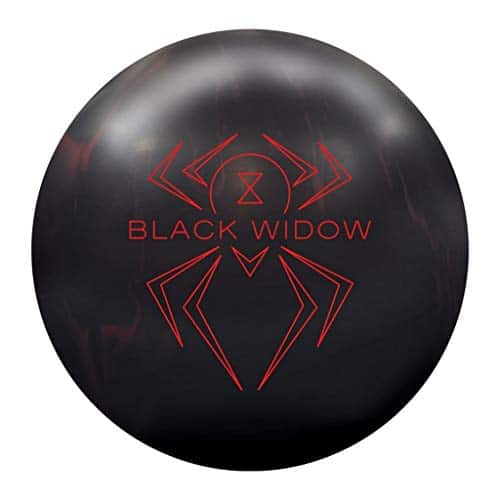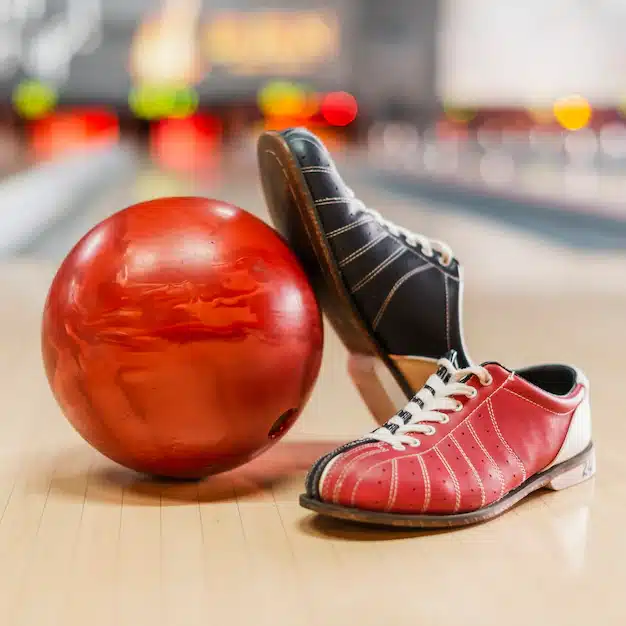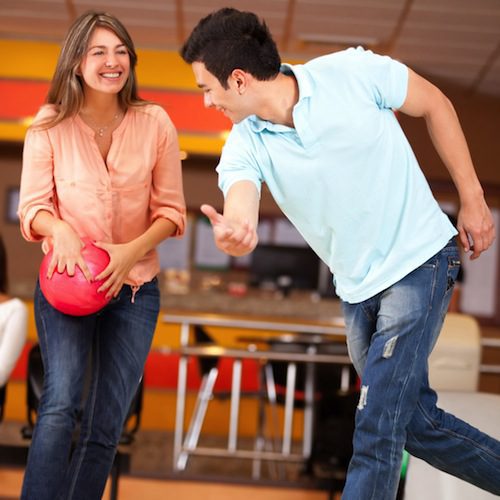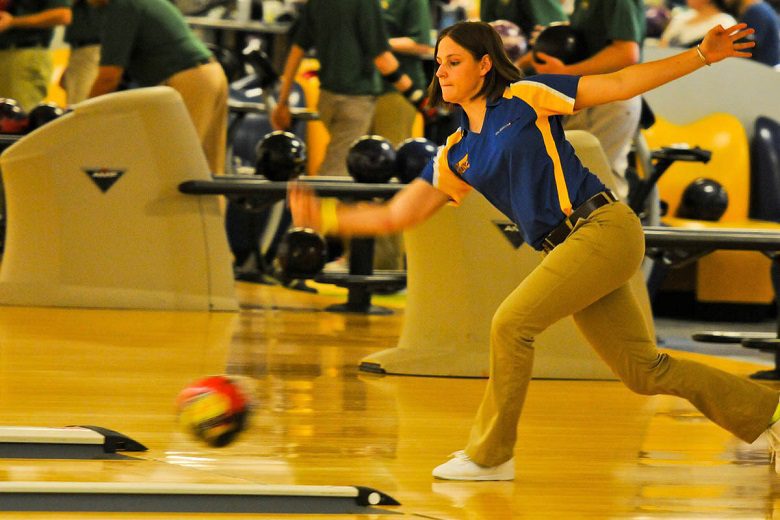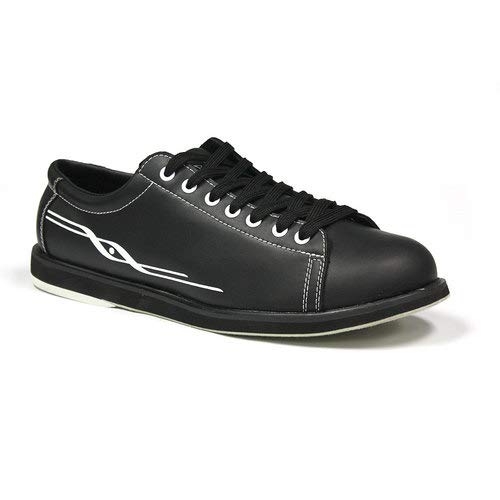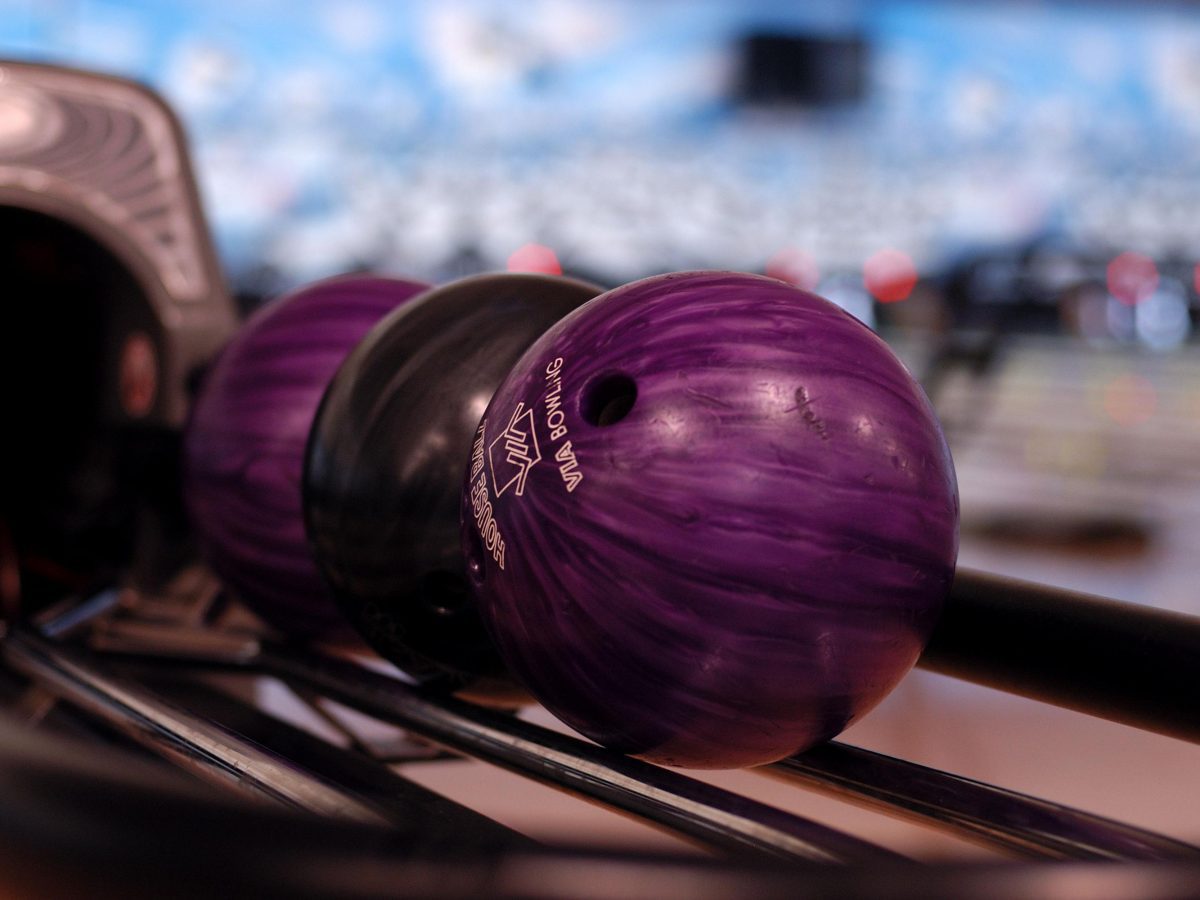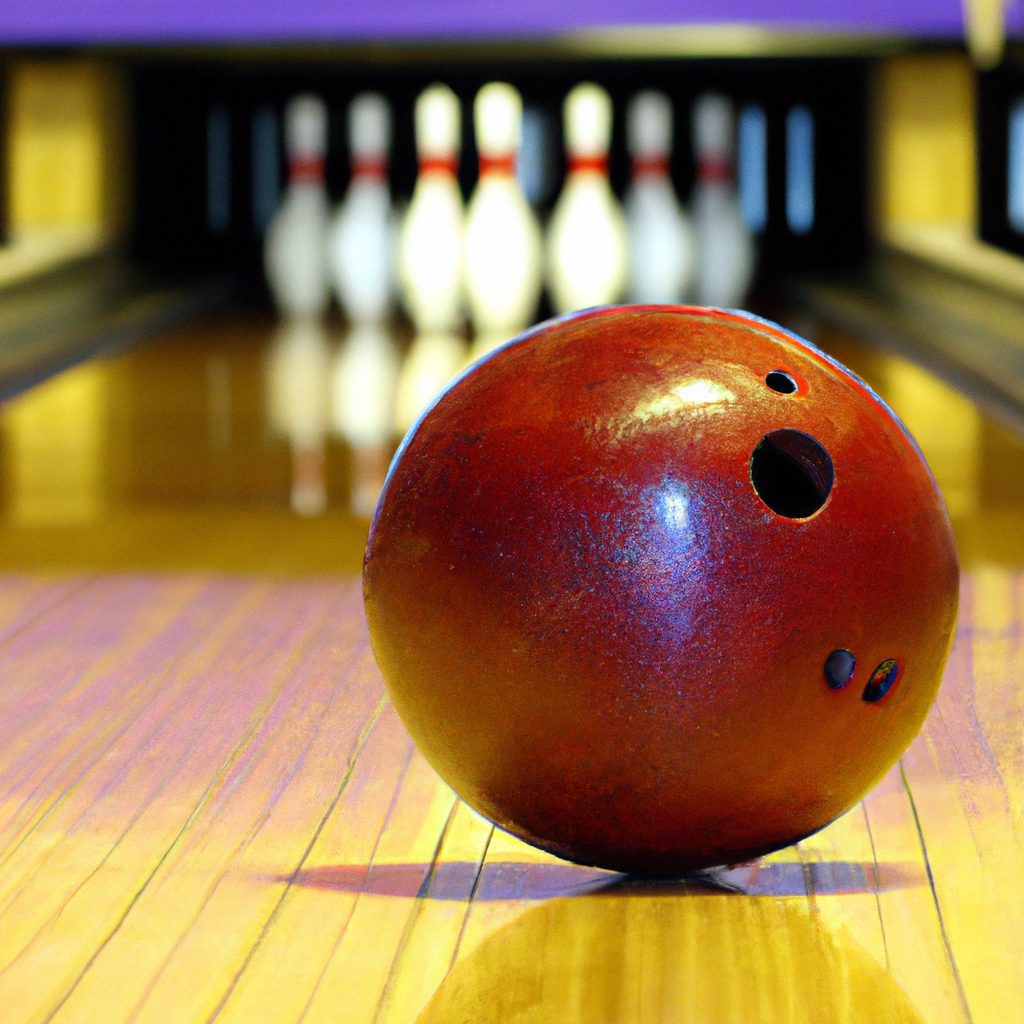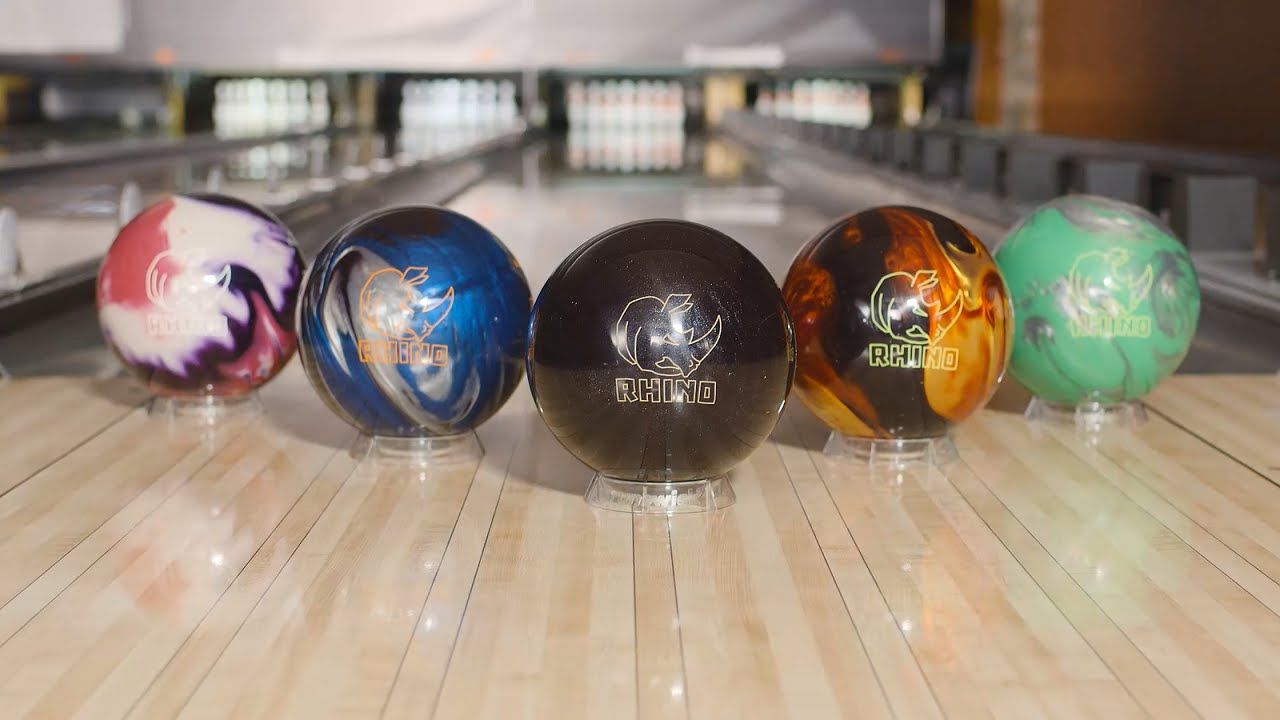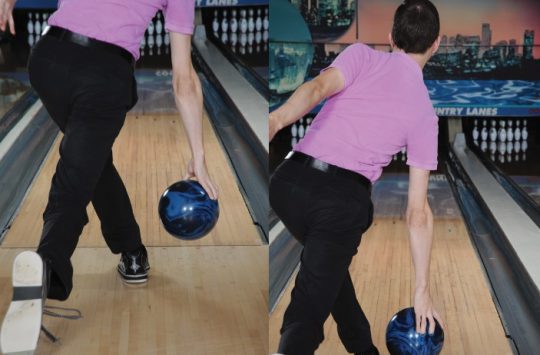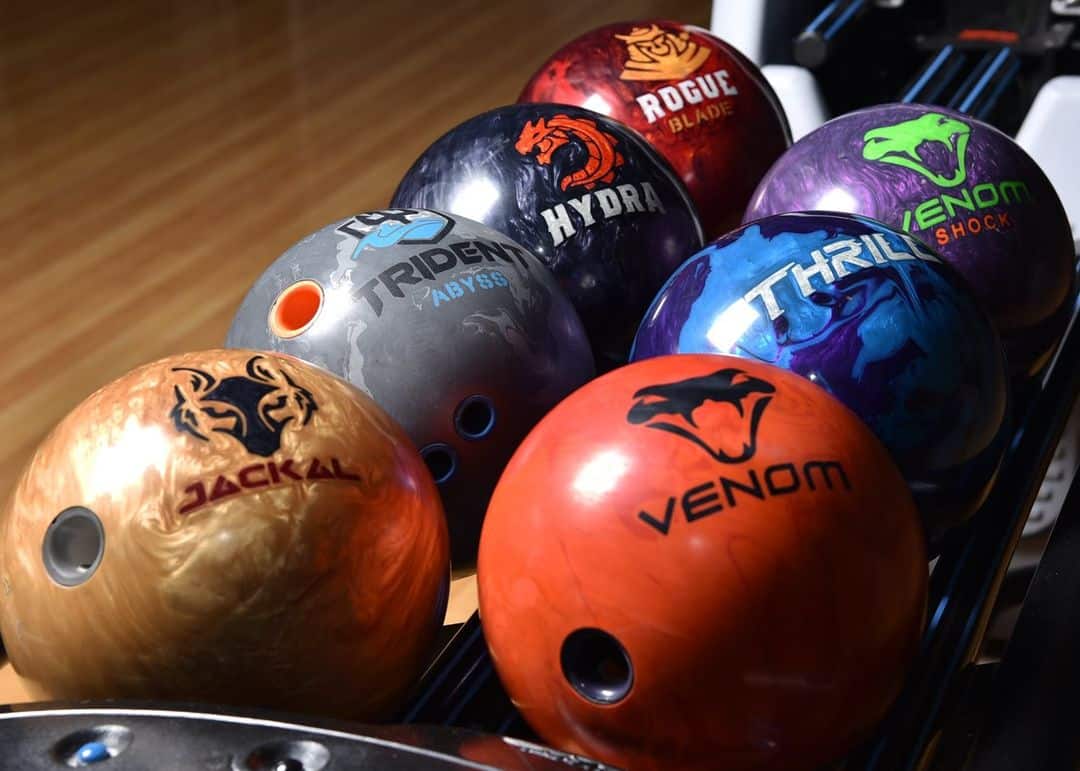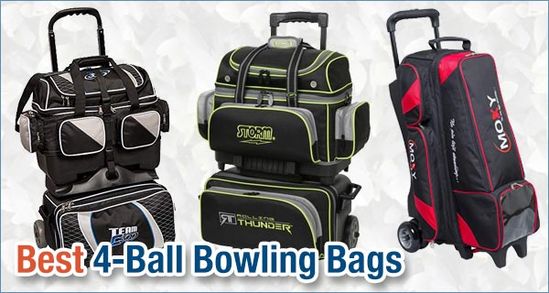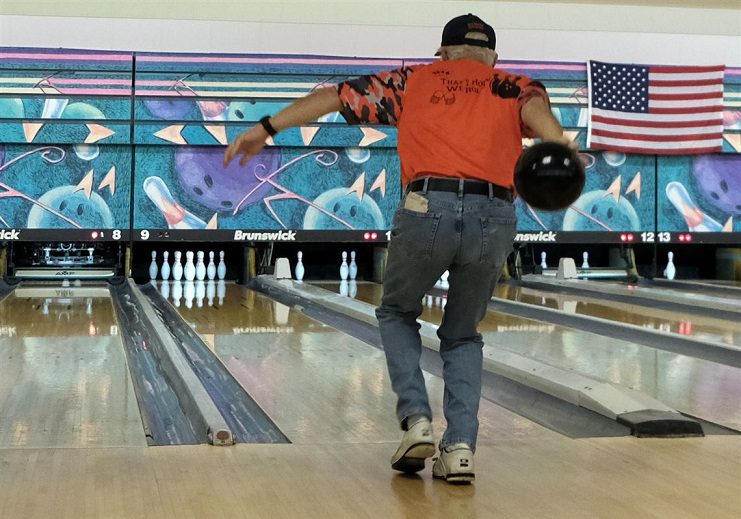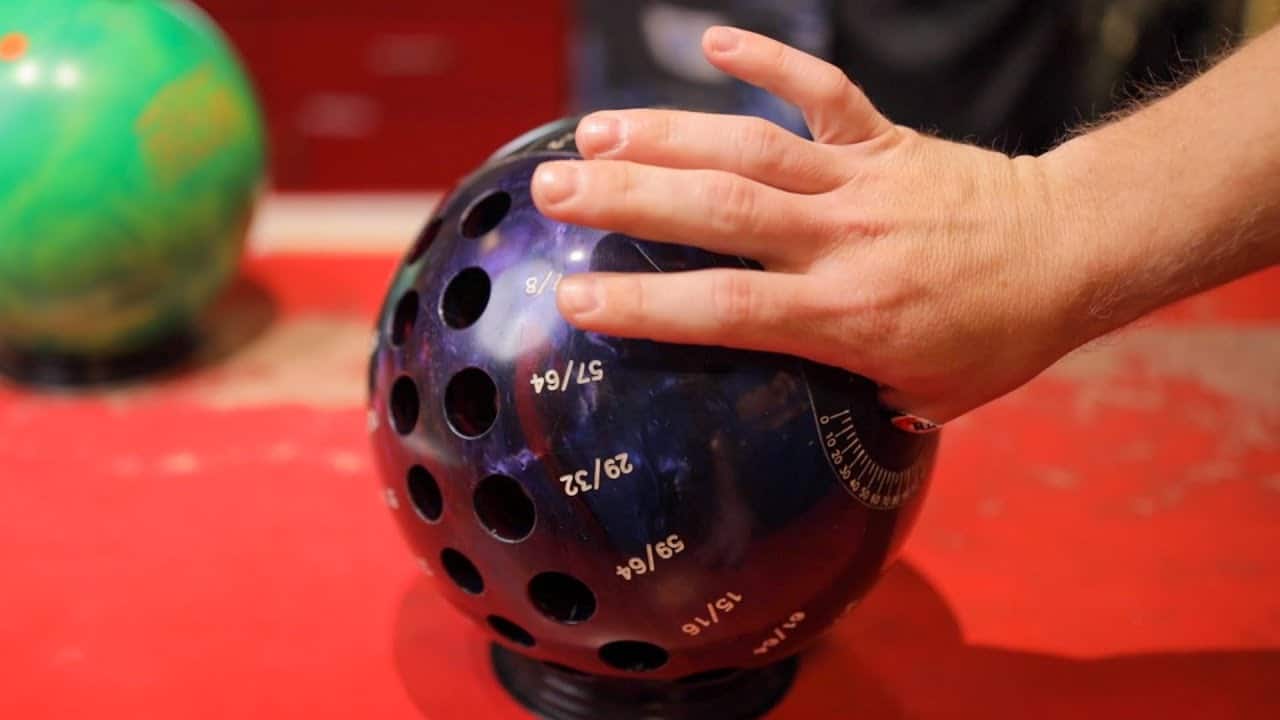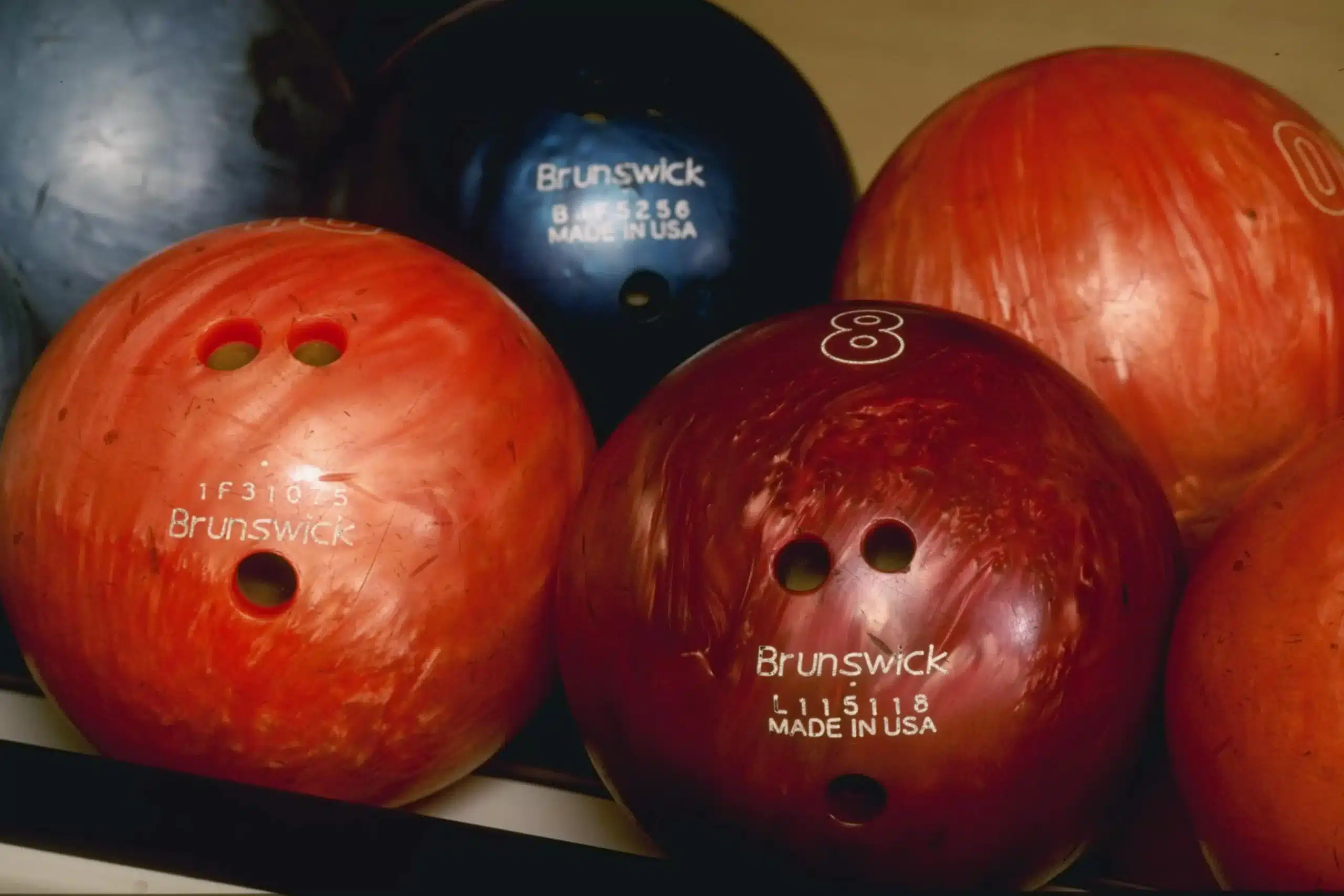Have you ever experienced the frustration of using a bowling ball that just doesn’t feel quite right in your hands? Whether you’re a beginner or a seasoned bowler, finding the perfect fit for your bowling ball is essential for a successful game. In this article, we will explore the ins and outs of fitting yourself for a bowling ball, offering valuable tips to ensure that you achieve the perfect grip and enhance your overall performance on the lanes. Say goodbye to uncomfortable throws and get ready to unleash your true bowling potential!
Review contents
Determining the Right Ball Weight
Understanding the Role of Ball Weight
When it comes to bowling, the weight of the ball plays a crucial role in your performance. Choosing the right ball weight is essential as it affects your control, accuracy, and overall comfort while bowling. A ball that is too heavy can place undue strain on your muscles, leading to fatigue and potential injury. On the other hand, a ball that is too light may lack the necessary power to generate the desired pin action. It is important to strike the right balance in order to optimize your performance on the lanes.
Considering Your Physical Strength and Bowling Technique
When determining the ideal ball weight, it is crucial to take into account your physical strength and bowling technique. Bowlers with greater strength and muscle mass may opt for heavier balls to harness their power effectively. Conversely, bowlers with less strength may benefit from lighter balls that allow for better control and maneuverability. Additionally, your bowling technique should also be considered. Bowlers who use a lot of finesse and rely on accuracy may prefer lighter balls, whereas those who rely on power and hook potential may lean towards heavier options. It is important to understand your unique physical attributes and bowling style in order to make an informed decision.
Getting Assistance from a Pro Shop
Choosing the right ball weight can be a daunting task, especially for beginners. Seeking guidance from a professional at a pro shop is highly recommended. These experts have the knowledge and experience to assess your physical capabilities and offer personalized advice. They may suggest measuring your grip strength and arm span to determine the ball weight that best suits you. Pro shop professionals can guide you through the process, ensuring that you choose a ball weight that allows you to maximize your potential on the lanes.
Understanding the Bowling Ball’s Core
Exploring the Different Types of Cores
The core of a bowling ball refers to its inner construction, and it plays a vital role in determining the ball’s performance on the lane. There are two main types of cores: symmetric and asymmetric. Symmetric cores are symmetrical in shape, offering a consistent and predictable ball motion. Asymmetric cores, on the other hand, have an uneven distribution of mass, resulting in a more angular and aggressive ball reaction. Within these broad categories, there are various subcategories such as pancake, elliptical, and symmetrical differential cores. Each core type offers distinct characteristics and suits different bowling styles.
Matching the Core Type to Your Bowling Style
To optimize your performance, it is crucial to match the core type of your bowling ball to your individual bowling style. If you have a straighter throw or prefer a more controlled and predictable ball motion, symmetric cores are typically the better choice. This core type offers more even weight distribution, allowing for a smoother and less aggressive ball reaction. On the other hand, if you have a stronger hook and prefer a more aggressive ball motion, asymmetric cores may be a better fit. These cores provide increased angularity and backend reaction, enabling you to generate more pin action.
Consulting with a Pro Shop for Core Selection
Selecting the right core for your bowling ball can be a complex decision, especially for inexperienced bowlers. Seeking advice from a qualified pro shop professional is highly recommended. They have the expertise to analyze your bowling style, skill level, and lane conditions to offer personalized recommendations. By examining your track flare, axis tilt, and ball speed, they can determine the core type and layout that will maximize your performance. Consulting with a pro shop professional ensures that you make an informed decision and select a bowling ball core that complements your unique style.
This image is property of d2culxnxbccemt.cloudfront.net.
Determining the Right Grip Size
Importance of the Correct Grip
A proper grip is crucial for optimal control and power in your bowling game. It ensures that the ball feels secure and comfortable in your hand, allowing you to execute your shots with confidence. A grip that is too loose can result in a lack of control and accuracy, while a grip that is too tight can lead to muscle tension and decreased power. Finding the right grip size is essential to ensure a consistent release and maximize your overall performance on the lanes.
Measuring Your Hand Span and Finger Sizes
To determine the correct grip size for your bowling ball, you need to measure your hand span and finger sizes accurately. This can be done using a simple measuring tape or a hand measurement tool available at most pro shops. Measure the span of your hand from the tip of your thumb to the tip of your ring finger, as well as the circumference of your thumb and fingers. These measurements will help determine the appropriate hole sizes and spacing that will provide a comfortable and secure grip.
Consulting with a Ball Drilling Expert for Proper Gripping
While measuring your hand span and finger sizes provides a good starting point, it is crucial to consult with a ball drilling expert at a pro shop for the perfect grip fit. These professionals have the knowledge and experience to understand the nuances of hand anatomy and can drill the finger and thumb holes to fit your specific measurements. They can also fine-tune the grip by adjusting pitches and spans to cater to your unique needs and preferences. Relying on their expertise ensures that you achieve the optimal grip for maximum performance and comfort.
Selecting the Right Coverstock
Understanding the Role of Coverstock
The coverstock of a bowling ball is the outer shell that directly impacts the ball’s interaction with the lane surface. It plays a significant role in determining the ball’s traction, friction, and overall hook potential. Different coverstock materials and designs are available, each offering distinct characteristics that cater to various lane conditions and bowling styles. It is essential to understand the role of coverstock and its impact on your overall performance before making a selection.
Differentiating Between Reactive, Solid, and Pearl Coverstocks
There are three main types of coverstocks: reactive, solid, and pearl. Reactive coverstocks are the most common and offer a good balance of traction and backend reaction. They provide a high friction surface that grips the lane, generating strong hook potential. Solid coverstocks are less responsive to friction and offer a smoother, more controlled ball motion. They are suitable for medium to heavy oil conditions. Pearl coverstocks have a shiny finish and provide the maximum length and backend reaction. They are ideal for dry or lightly oiled lanes.
Seeking Advice from Pro Shop on Coverstock Selection
Choosing the appropriate coverstock for your bowling ball can significantly impact your performance. Seeking advice from a pro shop professional is invaluable in making an informed decision. These experts have extensive knowledge about different coverstock materials and designs, as well as experience in analyzing lane conditions. They can assess your bowling style, skill level, and the specific lane conditions you encounter, recommending a coverstock that best suits your needs. Relying on their expertise ensures that you select a coverstock that optimizes your performance and maximizes your scoring potential.
This image is property of i.ytimg.com.
Considering Lane Conditions and Your Bowling Style
Understanding Lane Conditions
Lane conditions refer to the oil pattern applied to the lane surface. The oil pattern affects ball motion, making it essential to consider when selecting a bowling ball. Different lane conditions require different levels of friction and adjust the ball’s ability to grip the lane. Common oil patterns include house shots, sport shots, and challenge shots. House shots typically have a higher concentration of oil towards the center, providing typically easier scoring conditions. Sport shots have a flatter oil pattern, requiring greater accuracy and skill. Challenge shots can vary greatly in oil distribution, often creating highly challenging conditions.
Adapting Coverstock and Ball Surface for Lane Conditions
To optimize your performance, it is crucial to adapt your coverstock and ball surface to the specific lane conditions you are facing. For dry lanes with minimal oil, a pearl coverstock or a polished surface is recommended to maximize length and backend reaction. On the other hand, heavy oil conditions benefit from a reactive coverstock or a sanded surface to maximize traction and control. For medium oil conditions, a solid coverstock or a balanced surface may be appropriate. Adapting your equipment to the lane conditions enhances your ability to control ball motion and optimize scoring potential.
Adjusting Ball Layout for Your Bowling Style
In addition to adapting coverstock and ball surface, adjusting the ball layout can significantly impact your performance based on your bowling style. Factors such as pin placement, top weight, and mass bias position can be fine-tuned to enhance ball motion and optimize performance. For example, bowlers with higher ball speed may benefit from a pin-up layout to allow for more length and backend reaction. Those with a lower ball speed may find a pin-down layout provides better control. Consulting with a pro shop expert is highly recommended to determine the optimal ball layout based on your unique bowling style.
Determining the Ideal Ball Surface
Differentiating Between Sanded, Polished, and Dual-Surface Balls
The ball surface refers to the texture and finish of the coverstock. Different ball surfaces offer varying levels of friction and response to the lane conditions. Sanded surfaces provide increased friction, resulting in earlier hook potential. Polished surfaces reduce friction, allowing the ball to retain energy and provide a later hook potential. Dual-surface balls have a combination of sanded and polished areas, offering versatility to adapt to different lane conditions.
Analyzing Lane Conditions to Determine Optimal Surface
To determine the ideal ball surface, it is crucial to analyze the specific lane conditions you frequently encounter. Oil patterns, lane friction, and overall lane characteristics should be considered. Dry lanes with minimal oil may require a sanded surface to create the necessary traction, while heavily oiled lanes benefit from a polished surface to retain energy and provide a later hook potential. Dual-surface balls offer flexibility and can adapt to a wider range of lane conditions. Assessing the lane conditions you regularly face enables you to select the optimum ball surface that maximizes your scoring potential.
Seeking Guidance from Pro Shop for Ball Surface Choice
Choosing the right ball surface is a critical factor in maximizing your performance. Seeking guidance from a professional at a pro shop is highly recommended. These experts possess in-depth knowledge of different ball surfaces and their interaction with specific lane conditions. By analyzing your ball speed, rev rate, and the characteristics of the oil pattern, they can provide tailored advice to help you make an informed decision. Consulting with a pro shop professional ensures that you select the optimal ball surface, enhancing your overall performance on the lanes.
This image is property of getmorehook.com.
Measuring Your PAP and Choosing the Correct Pin Placement
Understanding Positive Axis Point (PAP)
The Positive Axis Point (PAP) refers to the point on the ball’s surface that is the most prominent during rotation. It is a key factor in determining the ball’s track flare potential and overall ball motion. Identifying your PAP allows you to fine-tune your ball layout and optimize performance.
Determining Your PAP with PAP Analyzer Tools
To determine your PAP, specialized tools called PAP analyzers are used. These tools accurately measure your PAP by tracking the ball’s rotation and identifying the most prominent point on the surface. PAP analyzers are available at pro shops and are operated by experienced professionals. By understanding your PAP, you can adjust pin placements and mass bias positions to enhance ball motion and increase your scoring potential.
Optimizing Ball Performance with Proper Pin Placement
Once your PAP has been identified, you can optimize your ball’s performance by adjusting the pin placement. Pin placement refers to the position of the ball’s top weight in relation to your PAP. Moving the pin towards your PAP creates a smooth and controlled ball motion, while moving it away generates a more aggressive and angular reaction. The exact pin placement should be determined based on factors such as lane conditions, ball motion preferences, and your individual bowling style. Consulting with a pro shop expert is highly recommended to ensure that you achieve the optimal pin placement for your desired ball performance.
Considering the Ball’s RG and Differential
Recognizing RG (Radius of Gyration) and Differential
RG, or Radius of Gyration, and Differential are two essential metrics that determine a ball’s reaction on the lanes. RG measures the distribution of a ball’s mass around its core, while Differential calculates the imbalance within the core. Lower RG values indicate a ball with a fast-revving potential, while higher RG values result in a ball with a smoother, slower-revving potential. Differential influences the amount of flare potential in a ball. Higher differentials create more flare potential, generating greater hook potential, while lower differentials produce less flare potential, leading to a more controlled ball motion.
Choosing Appropriately for Different Hook Potential
To optimize your performance, it is important to choose a ball with suitable RG and Differential values that align with your desired hook potential. Bowlers seeking a stronger and more aggressive hook would benefit from lower RG values and higher differentials. This combination generates maximum flare potential and a strong backend reaction. Conversely, bowlers looking for a controlled and smooth ball motion may prefer higher RG values and lower differentials. Consulting with a pro shop expert is recommended to analyze your bowling style, rev rate, and desired ball reaction to determine the appropriate RG and Differential values for your needs.
Consulting a Pro Shop for RG and Differential Selection
Choosing the right RG and Differential values for your bowling ball can significantly impact your performance. Seeking guidance from a pro shop professional is highly recommended. They have the expertise to explain the technical aspects in plain terms, analyze your bowling style, and assess your desired ball motion. By considering your unique attributes, they can recommend the appropriate RG and Differential values that will maximize your scoring potential. Relying on the knowledge and experience of a pro shop expert ensures that you select a ball that matches your needs and preferences.
This image is property of d2culxnxbccemt.cloudfront.net.
Exploring Ball Symmetry and Asymmetric Cores
Understanding Symmetric and Asymmetric Cores
Ball cores play a crucial role in determining ball motion and overall performance. Symmetric cores possess symmetrical shapes, distributing weight evenly throughout the ball. Asymmetric cores, on the other hand, have an irregular distribution of weight, resulting in a more dynamic and angular ball motion. Each core type offers distinct advantages and considerations, and understanding their characteristics is essential for selecting the right ball for your style.
Analyzing Ball Motion and Path with Core Type
The choice between symmetric and asymmetric cores depends on your desired ball motion and path. Symmetric cores provide a smoother, more controllable ball motion, making them ideal for bowlers seeking consistency and predictability. They are well-suited to straighter angles and less aggressive hook potential. Asymmetric cores, on the other hand, offer enhanced angularity and strong backend reaction. This makes them suitable for bowlers looking for a stronger hook and more aggressive ball motion. By analyzing your preferred ball motion and path, you can determine whether a symmetric or asymmetric core is the better fit for your style.
Getting Advice from Pro Shop for Core Selection
Choosing the right core type can significantly impact your performance, and seeking advice from a pro shop professional is highly recommended. These experts possess comprehensive knowledge of different core designs and their effects on ball motion. By analyzing your bowling style, lane conditions, and desired ball reaction, they can offer personalized recommendations for the core type that will best suit your needs. Consulting with a pro shop professional ensures that you make an informed decision and select a bowling ball that aligns with your unique style.
Testing and Trialing Potential Bowling Balls
Participating in Ball Demo Days and Trials
Once you have narrowed down your options, it is crucial to test and trial potential bowling balls before making a final decision. Many bowling centers and pro shops host ball demo days, where you can try out different models and designs from various manufacturers. This provides an opportunity to assess the ball’s performance, feel, and compatibility with your unique bowling style. Additionally, participating in organized trials or borrowing balls from experienced bowlers can also offer valuable insights and help in the decision-making process.
Seeking Recommendations from Experienced Bowlers
Experienced bowlers can provide valuable recommendations based on their personal experiences with different bowling balls. They can share insights into how specific balls perform on various lane conditions and their compatibility with different bowling styles. Engaging in conversations with these bowlers and seeking their recommendations can help you discover potential options that may suit your needs.
Trying Out Various Balls at a Bowling Center
Taking advantage of the facilities at your local bowling center is another effective way to try out various balls. Many centers have rental balls available, allowing you to test different models and determine which ones feel most comfortable and enhance your overall performance. By experimenting with different bowling balls, you can gain a better understanding of how they react on different lane conditions and make an informed decision about the ball that is the best fit for you.
Determining the right bowling ball for yourself involves considering a variety of factors, including ball weight, core type, grip size, coverstock, lane conditions, ball surface, PAP, pin placement, RG and Differential, and core symmetry. Each of these factors plays a significant role in your overall bowling performance and should be carefully evaluated. Seeking guidance from a pro shop professional and engaging in thorough testing and trialing will ensure that you select a bowling ball that enhances your skills, maximizes your potential, and caters to your unique style on the lanes.
This image is property of i.ytimg.com.









![Spare bowling ball Top 10 in 2024. (reviews) Top 10 Best Spare Bowling Balls [2021 Reviewed]](http://landofbowling.com/wp-content/uploads/2021/07/Top-10-Best-Spare-Bowling-Balls-2021-Reviewed.jpg)






